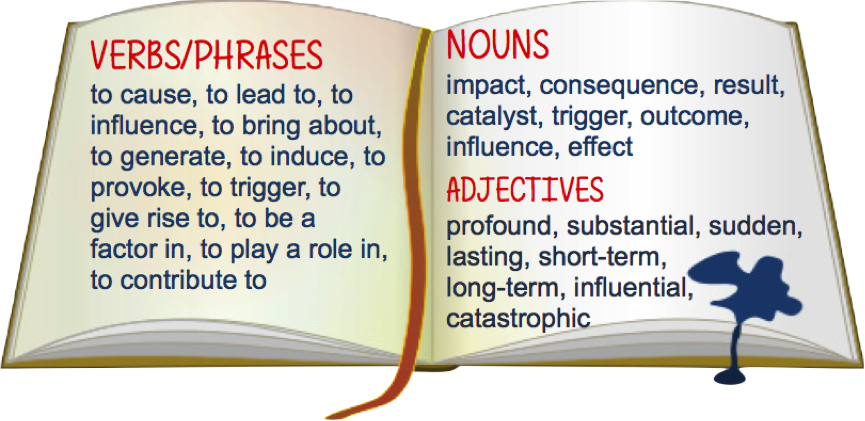
Dear 8E,
Forgive me for leaving you alone to work on this task. Since I have only just begun to teach you, this desertion may seem particularly inconsiderate… Read through this post, following the numbers from 1 – 6. Then get started!
1 Download task here (in case you have lost it)
2 Introduction to the task: This task requires you to identify causes and effects of important historical events. In reality, many so-called causes are “contributing factors” and there are usually many intertwining factors that influenced the course of events. Here’s an example that illustrates both a simple cause-effect relationship and a more complex one:
Scenario 1: Your teacher gives you two hours of maths homework. You are annoyed.
One obvious cause leads to one clear effect. Easy.
Scenario 2: Imagine, however, that on the way to school you drop your iPhone, smashing its screen. Then your coordinator tells you off for wearing Nike socks. Finally, you get two hours of maths homework. You are still annoyed. In this case, the effect is the same (though presumably more intense), but the causes are more complex.
This is one reason why identifying the possible causes of a historical event is difficult, challenging and controversial. Usually there are many potential causes that may have contributed to the events that unfolded. Some causes are long-term: they set the scene and provide the background for the plot of history. Others are short-term: they might act as immediate triggers that only lead to change in the presence of the long-term cause.
History is not like a scientific experiment where you can replicate it to check the results. You must base your analysis on limited information, often gleaned from old documents or sources. Sometimes that information is biased, difficult to understand or conflicting.
In some ways it may seem easier to trace the effects of a major change. But even this task can be fraught with difficulty, because the effects can be both short-term and long-term and there are often intertwining causes.
In this research task, you can choose to identify the causes and effects of the Fall of the Western Roman Empire in AD 476 or the causes and effects of the Black Death in 1348.
3 Collect some useful words:

4 Choose either the Fall of Western Rome OR the Black Death and create a concept map.
Create a concept map on an A3 sheet of paper to show the results of your research. You should include symbols, pictures and explanations so that your work is both carefully thought through and visually pleasing. The links below will help you, but you should also look at the box of books that Mrs McQueen has kindly gathered from the library’s shelves.
5 Explore these helpful links (and search for some of your own):
Causes of the Fall of the Western Roman Empire:
•Why did Rome fall? by N.S.Gill
•The Telegraph: What led to the Fall of Rome?
•History.com: Eight Reasons why Rome Fell
Effects of the Black Death
•BBC Website – Impact of the Black Death
• From Dayne: http://www.history.com/topics/black-death
6 How to create a concept map:
Ideas from Lucid Chart | WikiHow | Inspiration.com | Example of Mind Mapping | Mindmup (found by Ben Mc)
7 A rubric to help you ace this task and gain a certain A+
Download: Rubric


yayyyyyyyyyyyyyyyyyyyyyyyyyyyyyyyyy
http://www.history.com/topics/black-death
I’m only approving this because you wrote it, Dayne!
You seem very human to me, but perhaps I’m missing something.